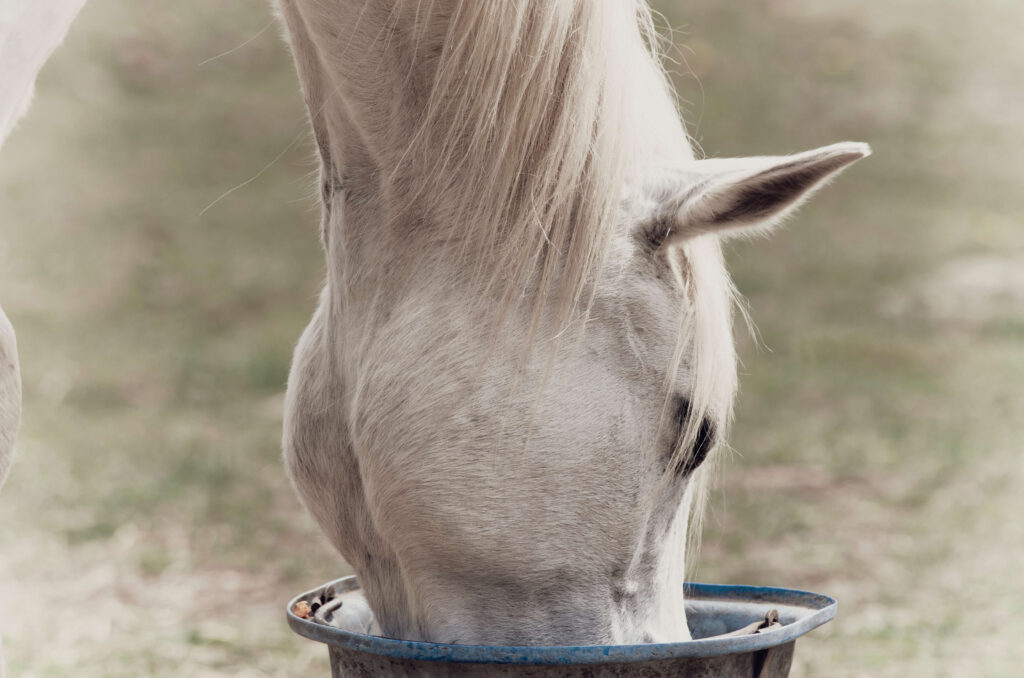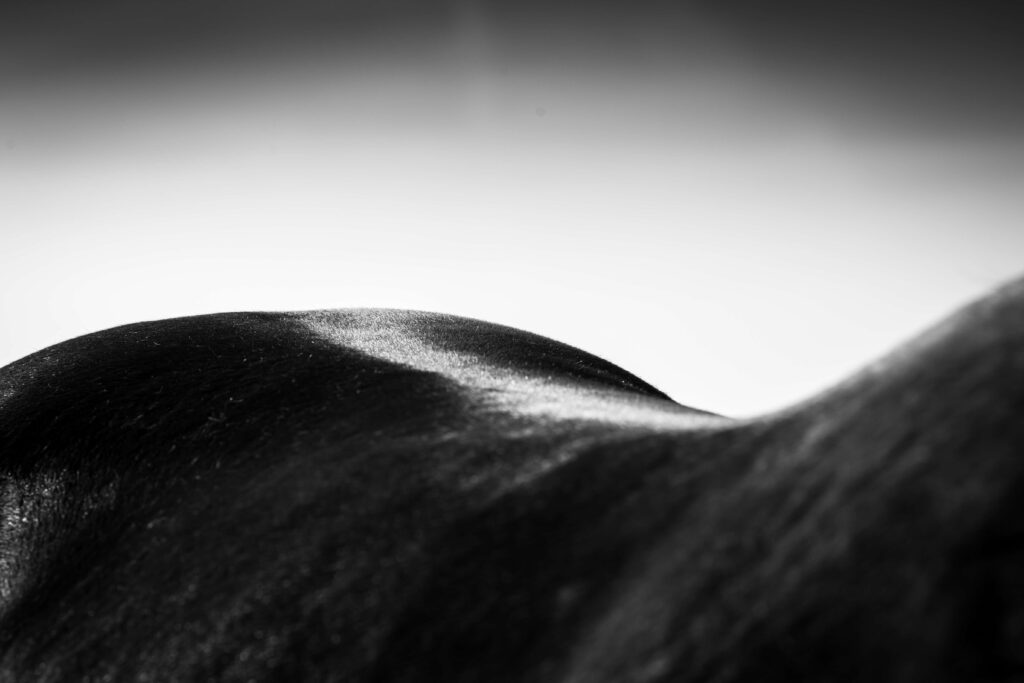Whether you ride your pony competitively or just for fun, you want to keep him looking and feeling his best. Of course, exercise is a crucial piece of the health puzzle, but your pony must also get the ideal amount and type of nutrition. Here we look at the suitable types of feed for your pony and give you some tips on how to build the muscle he needs to do his job.
Note:
The condition of the pony and the state of his muscles depend on several factors like his age, health condition, conformation, training level and nutrient intake.
Workload
Your pony’s nutritional needs change depending on the level and intensity of his workload. It’s important to assess his level work so you can meet his energy requirements appropriately.
Light work
- Ridden exercise 3-4 times per week
- Works for up to two hours each time, including walk, trot, canter and some hill work
- May be doing some low-level dressage and showjumping competitions
If your pony is in light work, you should be able to meet all of his energy requirements with a forage only diet – meaning grass or hay. Although forage alone will provide a large proportion of his energy needs, his diet will still need to be balanced according to the key nutrients that the forage lacks, such as vitamins, minerals and quality protein. You can do this by feeding a balancer to help support performance and recovery rates.
Medium work
- Ridden most days in a structured training programme
- May be competing at upper-level dressage, showjumping or eventing
- Includes low-goal polo ponies and endurance horses
Ponies and horses in medium work will still get most of their energy from good quality forage, but this can be supplemented with higher energy mixes or cubes (concentrates) that are formulated for performance. If your pony or horse is a good-doer, the smallest quantities of these types of feed may still be too much for him. Therefore, you might need to provide the extra vitamins and minerals his diet lacks using a performance balancer.
Hard work
- Training and competing at the peak of their physical capabilities
- Includes high-goal polo ponies and horses competing in three-day events
These horses and ponies tend to rely on concentrates to provide the energy they require for the work they’re doing. Many performance feeds contain a variety of energy sources, such as cereals, digestible fibre and oil to formulate a balance of quick- and slow-release energy. Of course, a full forage ration must also be provided to these horses and ponies.

What are the causes of poor muscle building?
- Injury-related training breaks during which the horse does not get sufficient movement.
- Old age
- Irregular or incorrect training
- Insufficient exercise
- Poor conformation
- Metabolic disorders
- Low nutrient intake/inappropriate nutrient intake
Did you know?
Typically, performance, conditioning, veteran, and stud feeds contain higher levels of good quality protein sources than a feed used for maintenance.
Muscle building
Working your horse often and correctly is key to building his muscles, but for them to grow, they need to be supported by the right nutrients at the right levels. A balanced diet is essential, but quality protein is the primary food group you’ll need to supplement for muscle repair, renewal, and growth.
Proteins are made up of building blocks called amino acids. There are 22 amino acids in total, and they are split into two types:
- Essential: These must be provided in the diet
- Non-essential: These are naturally produced by your pony’s body.
The amino acids lysine and methionine must be present in your pony’s diet for optimal muscle function, cell renewal and tissue repair and growth, yet, they’re two of the diet’s most commonly deficient amino acids.
Protein quality control
Very often, owners look for the protein percentage of a feed when, in fact, it’s much more important to look for a good quality source instead. Raw materials that naturally provide good-quality protein include soya-bean meal, lucerne, linseed and peas, which will be listed on the ingredients label of your feed bag.
Even though a feed may be high in protein, it could be from a poor-quality source and would need to be fed at higher levels. For example, cereal grains tend to lack sufficient lysine, so they are considered to be a poor-quality protein. If you were to feed your pony a diet where protein is mostly from cereals, you might find that he struggles to develop muscle tone and topline no matter his workload. With a lack of high-quality protein, it’s also possible that your horse would experience muscle soreness, become more prone to infections, and, in extreme cases, you may even start to see the muscles wasting.
A competitive edge
If you’re feeding your pony the recommended levels of a well-formulated feed and as much quality forage as he needs, you shouldn’t need to add extra nutrients to his bucket feed. However, he may benefit from a few extra extras if you regularly compete. These include:
- Vitamin E: This important antioxidant helps support muscle function and immune status. Research has shown that natural vitamin E (d-alpha-tocopherol) is better absorbed than synthetic vitamin E (dl-alpha-tocopherol). Vitamin E supplements can be used before and after a competition. You just need to ensure you get the quantities right, as Vitamin E can be toxic if too much is given.
- Electrolytes: Electrolytes play an important role in fluid balance, circulation, and nerve and muscle activity. Ponies in hard work or those who travel often will lose electrolytes through sweat, and for these ponies, it’s important to replace this loss with an electrolyte supplement. The most important electrolytes are sodium, chloride, potassium and calcium.
- Salt: Some ponies will consume their daily ration of salt – around 30-50g – from a salt lick in the stable, but many will not. Adding salt to the feed is usually safer than relying on salt-lick usage.
- Antacids: The stress, irregular feeding times and decreased forage intake that can happen with competition can strain a pony’s digestive system. An antacid supplement can be fed to help maintain normal gastric health as well as help to maintain a horse’s appetite during competition.
Note:
The amount of time it takes to build muscle in a pony depends on various factors, including age, health and training condition. Every pony needs a different amount of time to build up his muscles. Patience is key!
Assessment
One of the best ways to determine whether your feeding programme is working for your pony is to regularly condition score him and record his performance. It is also good to take monthly photographs from both sides, the back and the front, to record how his body changes over time.
If you are not sure how to make sure your pony’s diet is right for the work he is doing, chat with your yard manager or an equine nutritionist. They will help you keep your pony performing and feeling his best all year.



